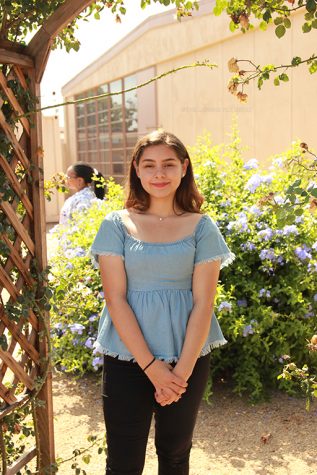How It Compares with the Original
September 20, 2017
Exactly 27 years after the popular TV mini-series broadcasted throughout the country, the new adaptation of It premiered on Sept. 8. With the success of both films, fans and critics have speculated which adaptation achieved the best depiction of the popular Stephen King novel.
The book that inspired the making of the last two movies was Stephen King’s It, a 1,138 page horror novel surrounding the lives of a group of friends as they suffer at the hands of a clown as well as their own personal upheavals. The “Losers Club” as they call themselves, must fight against Pennywise the Dancing Clown, who feeds off the fears of children every 27 years before falling back into hibernation. Both movie variations include these events.
The made for TV original film omitted much of the adult subject matter from the novel in order accommodate family audiences. Known for his bordering on disturbing plots, Stephen King’s storyline was largely modified in the making of the 1980’s movie. Although the new film did also exclude some of the more controversial scenes in order to maintain an R-rating, it was able to include some of the most necessary aspects of the novel. This added a darker, more intense atmosphere to the movie that served to add to its terror.
The portrayal of Pennywise contrasts notably across both movies. In the TV series, Pennywise, played by Tim Curry, relies on the characteristic playfulness of most clowns to scare children. He appears as an average clown to the kids of the Losers Club in order to harass and scare them. Within the 2017 film, Bill Skarsgard’s mannerisms and action are incredibly spontaneous and abnormal. He depends on false illusions of monsters and creatures to torment the kids.
The flow of the overall narrative in the new film is distinct from both the original movie and the novel. The structure is linear, allowing the story to progress naturally, whereas the book and the series alternate between the past and present. This gives the first part of the group of friends story the audience’s full attention to their experience as well as their survival amidst the threat of Pennywise.
The time period of the movie differed from the TV mini-series. The original It movie, staying true to the novel, was set in the 1950s then later in the 80s when the adult characters return to face Pennywise. The 2017 film, however, takes place in 1989. The director’s use of an 80’s aesthetic, reminiscent to that of Netflix series original Stranger Things, effectively connects with those who are interested in the nostalgia elicited by this throwback to the decade’s most popular films. The common themes of friendship in addition to the trials and turbulences of coming of age movies of the 1980s is also clearly presented in the new adaptation.
Although both films contrasted greatly, both representations of Stephen King’s novel served the purpose of evoking fear from its audiences, children and adults alike. Gore and carnage was not necessarily required if the 1990 TV series. For its time, it was able to instill the fear of clowns in the minds of people for decades after. In regards to the new film, its graceful depiction of the adolescence and the intimate bonds of friendship leave moviegoers with an empathy for the characters that was missing before.



